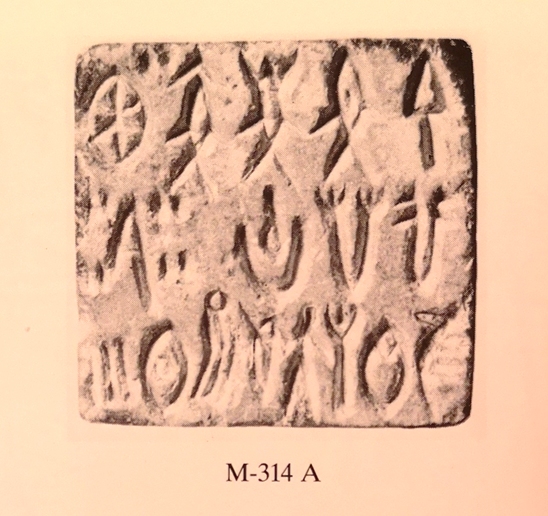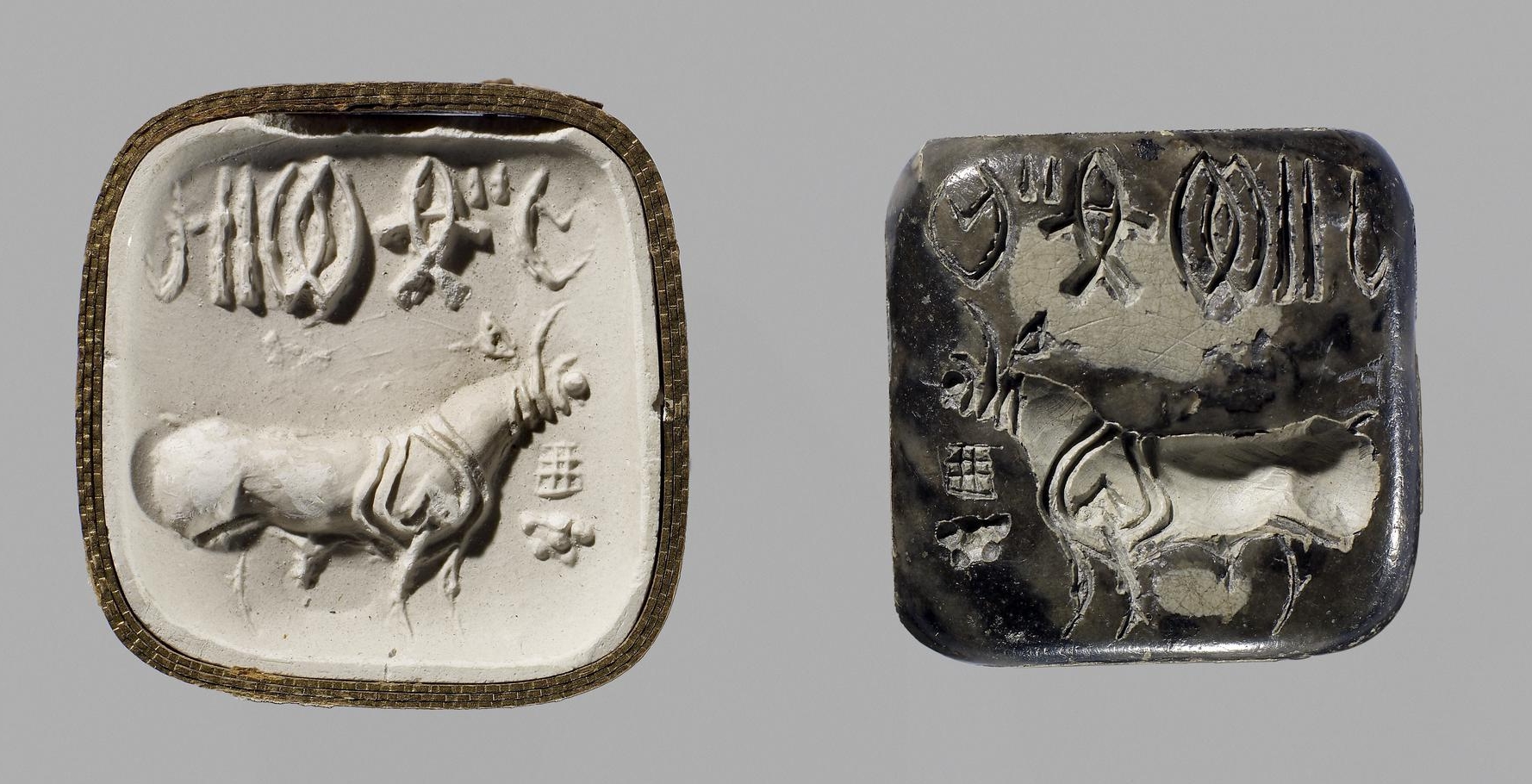The Indus writing system was mainly preserved on seals. Due to the small size of these objects, only short inscriptions are known from their surface. The lack of a longer text does not make it possible to show repetitions or specific patterns in the order of the signs. Without a longer text, it is also difficult to test the deciphering suggestions.

(© The Trustees of the British Museum)
The longest inscription found so far consists of 26 characters located on several sides of a molded terracotta rod. The longest inscription found on a single side consists of 17 characters and is arranged in three lines on a seal.

Determining the total number of different signs is also difficult. Signs with small differences are counted separately by some researchers, while others regard them as variants of the same sign. Thus, according to some, there are barely a hundred, while according to others, more than five hundred different signs exist.

Deciphering the Indus writing system is further complicated by the fact that we do not know what language was recorded with it. Did the inhabitants of the Indus Civilisation speak a single language, or was it multilingual similar to today’s South Asia? Deciphering the writing system of the Indus Civilisation would be facilitated by the discovery of a longer, preferably multilingual, inscription. This may not be found in the area of the Indus Civilisation, but in the coastal region of the Persian Gulf, or perhaps in Mesopotamia.
Source of images:
1: https://www.britishmuseum.org/collection/object/A_1947-0416-7
2: Joshi, J.P., and A. Parpola, eds. 2010. Corpus of Indus Seals and Inscritions. Vol. 1. Collections in India. Annales Academiae Scientiarum Fennicae, Series B 239 Memoirs of the Archaeological Survey of India, No. 86. Helsinki: Suomalainen Tiedeakatemia.

